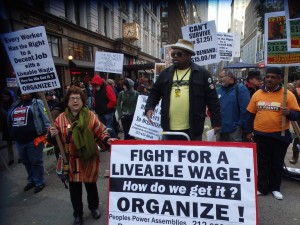ShareFollow UsWhen it comes to legal problems, you don’t want to mess around. Getting hung up in an avoidable legal bind is something that can trash your future without even lifting a finger. Whether it’s an eviction, traffic ticket, or a lawsuit, a legal plan can cover you in case of emergency. A Legal Plan Keeps Your Family Safe Your family is the people that you want to protect in case of legal attack, but they are also often…
The post Why A Legal Plan Is Important appeared first on INTERNET LEGAL PLANS.
Share
Follow Us!


